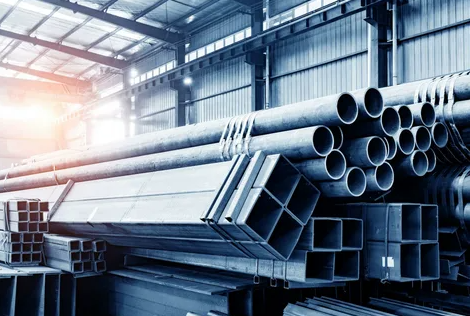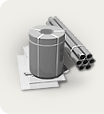Transition to Mining 5.0: The industry is actively implementing the concept of Mining 5.0 - the synergy of humans and smart machines, digital twins and the metaverse, reducing the need to replace personnel with automation, focusing on collaboration and complementing human skills.
VR, AR and IoT technologies: Massively applied virtual and augmented reality, Internet of things. This provides advantages in mine planning, simulation of emergency scenarios, remote control and predictive maintenance of equipment.
Occupational safety: VR and IoT systems improve occupational health and safety - they allow you to predict critical situations, simulate accidents and train personnel in an immersive environment without risk to life.
Savings and cost control: Metaverse gives companies additional tools to optimize costs - from reducing travel costs to personalized training and reducing equipment downtime.
Ecological impact: End-to-end monitoring of environmental indicators using IoT and digital twins allows you to implement sustainable development, ensure consistency with environmental standards and quickly respond to incidents.
Risks - cybersecurity: The main threats when implementing the metaverse are related to data security, cyber attacks, as well as insufficient protection of personal and corporate data.
Labor market and personnel: New digital tools and immersive technologies require advanced training of workers, but also simplify entry into the industry for young professionals through simulations and online training.
Applicability by life cycle stage: Metaverse, VR/AR and IoT are most actively used in the exploration, design, construction and operation stages of mines, and for small enterprises these technologies are often inaccessible due to the cost of implementation. Standardization trend: integration of the metaverse and flexible work with digital twins requires the development of standards, compatible protocols and an integration environment between solutions from different manufacturers.






